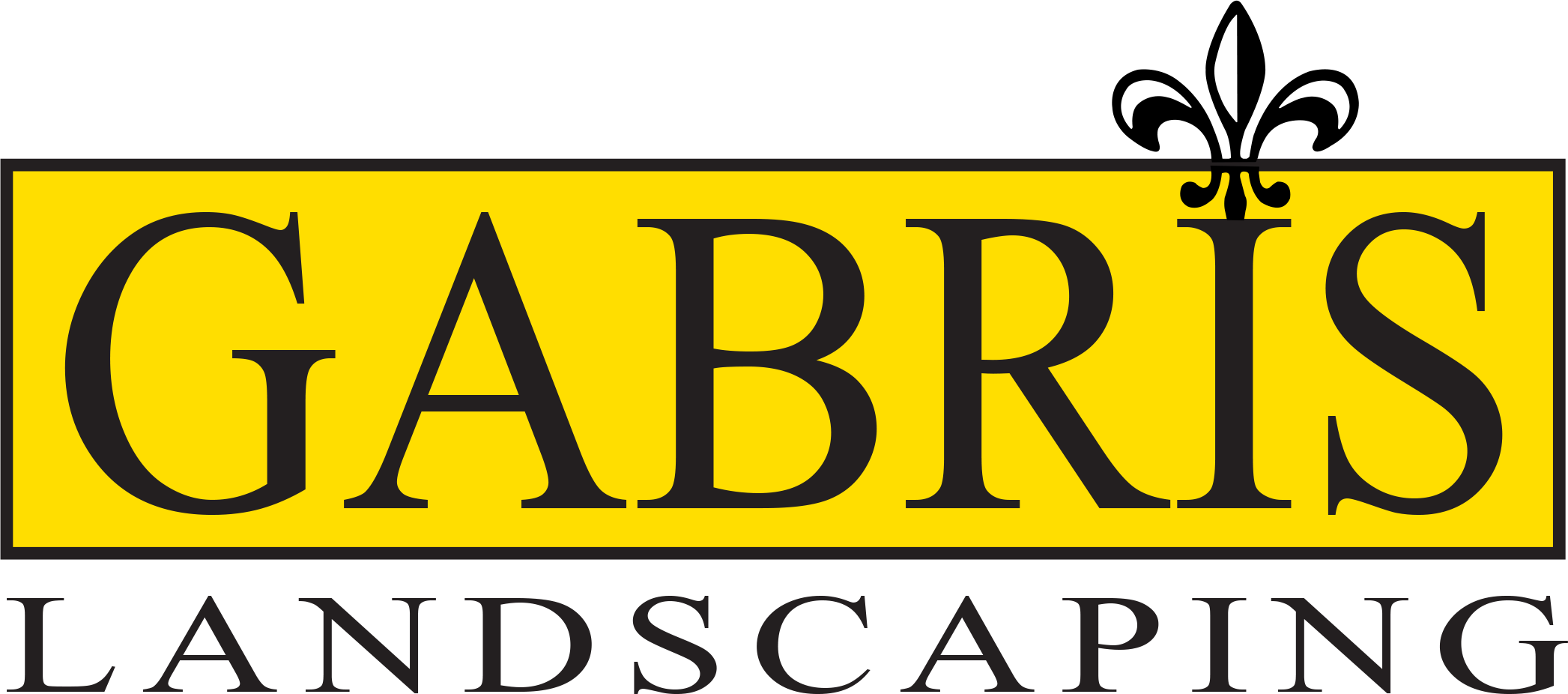Gabris Landscaping Blog
Tag: Lawn Irrigation Springfield MO
Get expert tips, seasonal advice, and professional insights on lawn care, landscaping, pest control, and more—designed to help Springfield, MO homeowners keep their outdoor spaces healthy, beautiful, and thriving year-round.
- Gabris Landscaping
- Gabris Landscaping
- Gabris Landscaping
